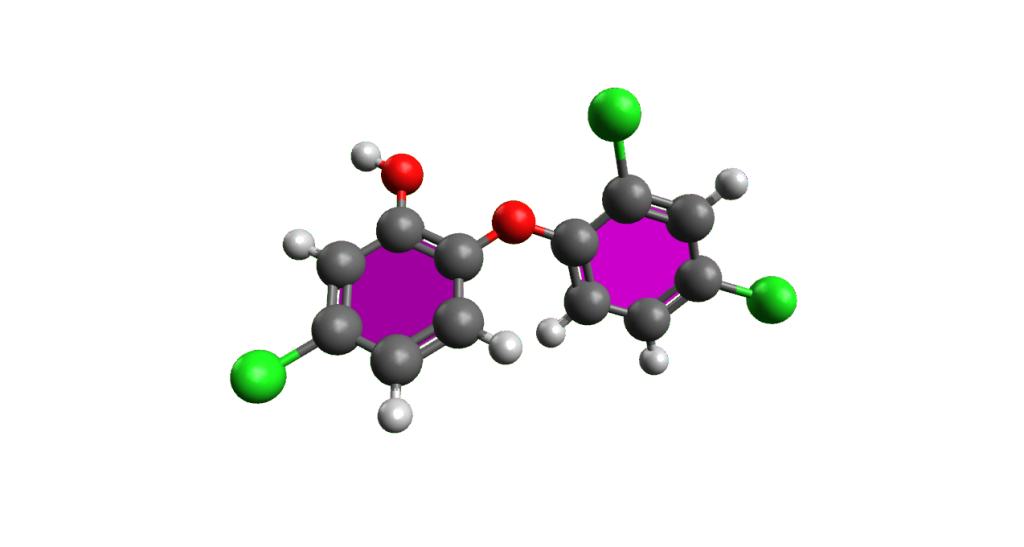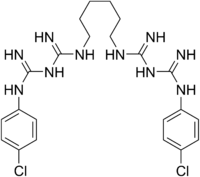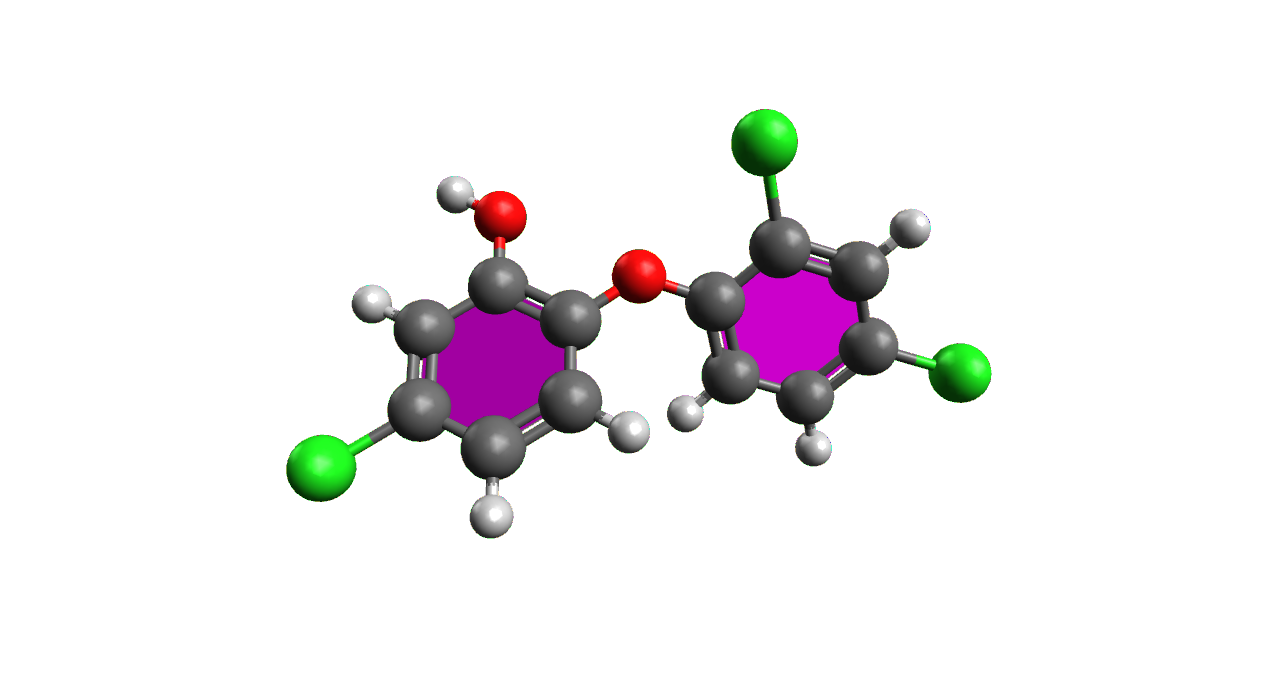Every day people use products to reduce body odor due to sweating. Sweating is a fundamental function of our body, useful to lower the body temperature through evaporation of water and to eliminate toxins. The sweat produced by the sweat glands would not smell in itself. However, the excessive secretion is attacked by the bacteria present in our body, especially on the skin, which activate and emit volatile chemicals that often have unpleasant smell. In addition clothes, being in direct contact with the skin, decrease its oxygenation promoting the activity and reproduction of local bacteria.
To overcome bad smells there is the possibility to choose between a wide range of deodorants and antiperspirants, two terms that, as we will see, are neither synonymous nor refer to interchangeable products.
The main difference between deodorants and antiperspirants is substantial: deodorants contrast the different malodorous compounds produced by bacteria in our armpits, while antiperspirants don’t act on bacteria, that is on odors, they operate directly on transpiration through chemicals that prevent sweating.
Let’s see in detail the chemical differences between them.
Deodorants commonly contain triclosan and chlorhexidine.
The triclosan 5-chloro-2-(2,4-dichlorophenol) is a trichlorurate derivative of phenol, once used as an antiseptic and disinfectant. Triclosan is a well-known and common broad-spectrum antimicrobial, small amounts of which are sufficient to have an excellent inhibitory action of the growth of various types of bacteria, as they block the active site of the enzyme fatty acid synthase.
Triclosan is one of the most important components of different personal care products: it is found, for example, in soaps, deodorants, toothpastes and mouthwashes.

As triclosan has a dioxin-like formula known as TCDD, which stands for 2,3,7,8 tetrachloro-dibenzo-dioxin (an extremely toxic and carcinogenic compound), it has long been the subject of studies to determine whether it contributes to increase bacterial resistance to antibiotics and whether it is a pollutant in waste water, where it accumulates, since it is present in many soaps.
An alternative to triclosan deodorants is chlorhexidine deodorants, another antibacterial agent. Chlorhexidine acts by strongly increasing the permeability of the bacterial cellular membrane, which causes the precipitation of cytoplasmic proteins until the bacterium death by cell lysis.

Finally, there are natural products with antibacterial action based on essential oil of eucalyptus, lavender or bergamot extract, but take care: they are irritating and often hardly tolerated by the skin.
Antiperspirants contain aluminium or zirconium-based compounds that prevent sweating. One of the most common antiperspirants is aluminum hydrochloride (AlclHo), which acts by forming a polymeric “stopper” that blocks the sweat from the sweat glands. The action of AlclHo is of course limited in time and it is necessary to reapply it after a given period of time.
As well as deodorants, also aluminium-based antiperspirants are highly studied because it is suspected that they may be a cause or a contributing factor of breast cancer, but there is no scientific evidence to date. On the contrary, it is well known that the extracting process of this metal requires very polluting techniques and therefore its widespread use means high costs for the environment. Not to mention that aluminium is also one of the so-called heavy metals that pollute air and water, causing human exposure diseases.
A way to reduce sweating effects is to shave the armpits. However, it is important to remember that products such as deodorants and antiperspirants can have bad effects on skin irritated by depilation, so it is recommended to shave in the evening and deodorize the next morning.
ACTIVITY: Learn more about the environmental danger represented by dioxin TCDD and find the related goals in the 2030 Agenda indications.

